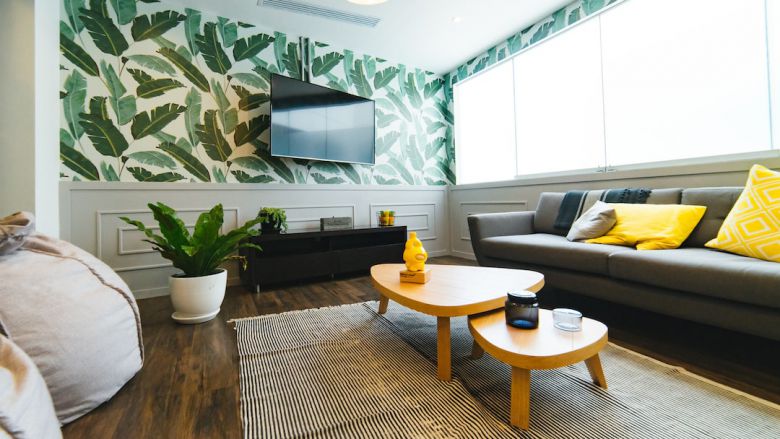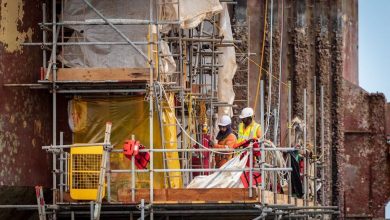What Are Some Eco-friendly Practices in Home Construction?

Eco-friendly practices in home construction have gained significant attention in recent years due to growing concerns about environmental sustainability. As people become more conscious of their impact on the planet, they are seeking ways to construct homes that minimize harm to the environment. In this article, we will explore some of the key eco-friendly practices that can be implemented in home construction.
Sustainable Materials: Choosing the right materials is crucial when it comes to eco-friendly home construction. Opting for sustainable materials such as reclaimed wood, bamboo, and recycled steel can significantly reduce the environmental impact. These materials are renewable and have a lower carbon footprint compared to traditional building materials.
Energy Efficiency: One of the most important aspects of eco-friendly home construction is energy efficiency. By utilizing energy-efficient appliances, insulation, and solar panels, homeowners can reduce their energy consumption and minimize their carbon footprint. Implementing proper insulation and double-glazed windows can also help to maintain a consistent temperature inside the house, reducing the need for heating or cooling.
Water Conservation: Another eco-friendly practice in home construction is water conservation. Installing low-flow faucets, showerheads, and toilets can significantly reduce water usage. Additionally, incorporating rainwater harvesting systems can help homeowners collect and reuse rainwater for various purposes such as irrigation and cleaning.
Green Roofs and Walls: Green roofs and walls are innovative eco-friendly practices that involve the use of vegetation on the roof or walls of a building. These green spaces not only provide insulation but also help to reduce the heat island effect in urban areas. Green roofs and walls can also improve air quality by absorbing carbon dioxide and releasing oxygen.
Passive Design: Passive design refers to the strategic placement of windows, insulation, and ventilation to maximize natural light and airflow in a home. By utilizing passive design principles, homeowners can reduce their reliance on artificial lighting and air conditioning, leading to lower energy consumption.
Waste Management: Proper waste management is essential in eco-friendly home construction. It involves recycling and reducing construction waste, as well as implementing strategies for waste management during the construction process. By minimizing waste and recycling materials, homeowners can contribute to a more sustainable construction industry.
Smart Home Technology: The integration of smart home technology can also contribute to eco-friendly home construction. Smart thermostats, lighting systems, and energy monitoring devices can help homeowners optimize energy usage and reduce waste. Additionally, smart home systems can automate energy-saving tasks, such as turning off lights and adjusting temperature settings when no one is at home.
Community Engagement: Eco-friendly home construction is not just about individual efforts but also about creating sustainable communities. Engaging with the local community and promoting eco-friendly practices can have a significant impact on the environment. Encouraging community gardens, carpooling, and sharing resources can contribute to a more sustainable lifestyle.
In conclusion, eco-friendly practices in home construction are becoming increasingly important as we strive to create a more sustainable future. By choosing sustainable materials, focusing on energy efficiency, conserving water, implementing green roofs and walls, utilizing passive design, managing waste, integrating smart home technology, and engaging with the community, homeowners can contribute to a greener and more environmentally friendly construction industry. By making conscious choices during the construction process, we can build homes that are not only beautiful but also sustainable for generations to come.




